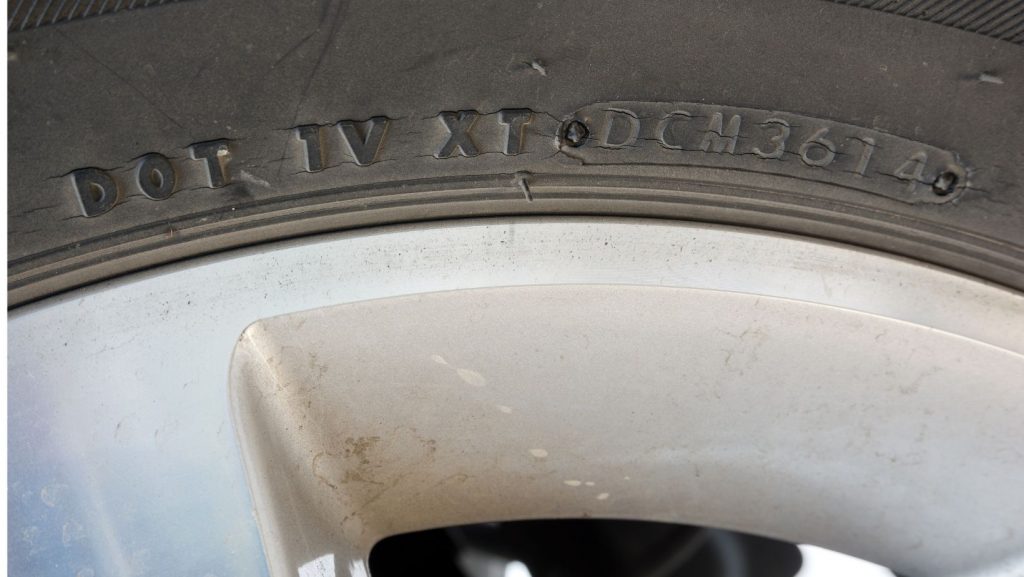Tire Myths Debunked
There are many myths about tires that numerous people believe to be facts. Sometimes the best way to get the true facts is to go to the source – the tire experts at Integra Tire. We’re here to debunk some of the most common tire myths.
Myth #1: All-season tires perform as well as winter tires on snow and ice.
If you’re someone who has been driving around on all-season tires throughout our snowy Canadian winters, then wait until you try winter tires – you’ll see the difference.
Winter tires are designed to perform on snow and ice, and all-season tires are not. Winter tires are built with a special rubber compound that will stay pliable in temperatures below 7°C; this means that they will get better traction with the road and help you to stop and accelerate on snow and ice. All-season tires will stiffen up in temperatures below 7°C and cause you to lose traction.
Winter tires are also designed with a special tread pattern that allows for snow to be extracted from the tire tread, giving you better traction on the road. Winter tires also have a deeper tread that allows snow to go down into the tread and help your tires maintain contact with the road. All-season tires are designed for rainy temperatures and have a shallower tread pattern that will cause snow to build up in your tread and create a barrier between your tires and the road, causing you to lose traction.
If you are considering a set of winter tires, visit your local Integra Tire, and we can find the best ones for your vehicle.
Myth #2: When you’re buying new tires and wheels, all you need to know is your tire size.
When you are shopping for new tires and wheels, it is important to know your tire size. In some cases, we can provide you with a slightly different tire size than what is currently on your vehicle, but in order to ensure another size will work, it is important for you to know the year, make, and model of your vehicle. If we have this information, along with your tire size, we can ensure that your new tires will fit on your vehicle.
You may be surprised to know that different models and years of the same vehicle can vary with a number of different tire and wheel characteristics. One of the most common variations is your bolt pattern. The bolt pattern is the measurement of an imaginary circle formed by the lug holes at the center of your wheel. If you buy wheels that don’t correspond with your bolt pattern, your wheels won’t fit on your vehicle.
When you’re buying new tires and wheels, it’s always important to check with the experts at your local Integra Tire to ensure that your new tires and wheels will work with your vehicle.
Myth #3: I have lots of tread left on my tires so they will last a long time.
It’s always important to have your tires’ tread depth checked to ensure that your tires are safe to drive on, but if your tires are getting to be 5-6 years old, you may not have much life left in them. Tires have an expiration date, and they are not safe to drive on after that date has passed. Tire rubber will start to deteriorate once it has reached its expiration date, increasing the likeliness of you getting a flat tire or having a tire blow out. If you see cracks, bulges, or cuts in your tires, then they should be replaced.
You can find your tires’ expiration date by looking at the sidewall of your tire. You will see the letters “DOT” and a sequence of letters and numbers. The last four numbers tell when the tire was made. For example, if your tire has the numbers “3022,” then this means the tire was built during the 30th week of 2022.

Showing the DOT on a tire’s sidewall
The next time that your no-it-all neighbor is telling you something about your tires that you think may be untrue, visit your local Integra Tire to have the myth busted. We’re here to answer all of your tire questions.
